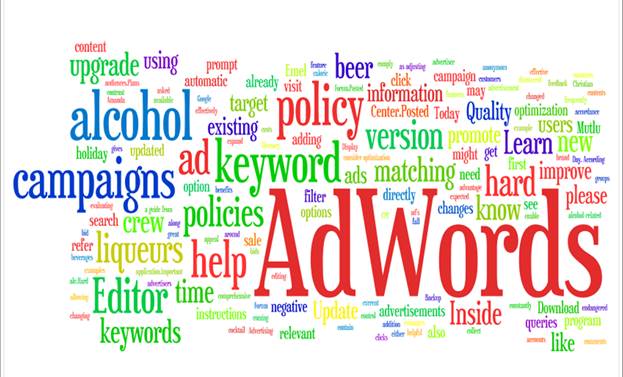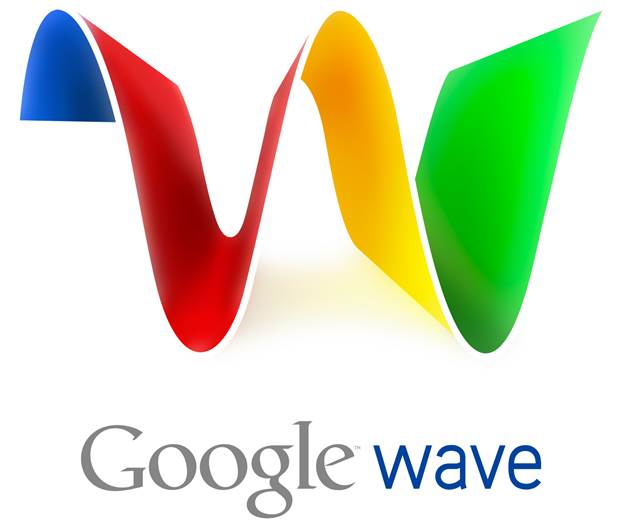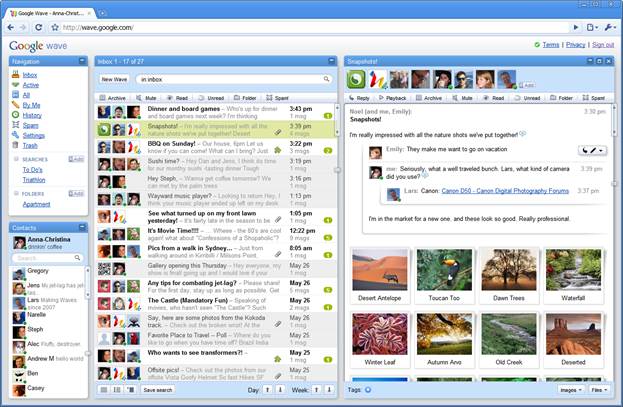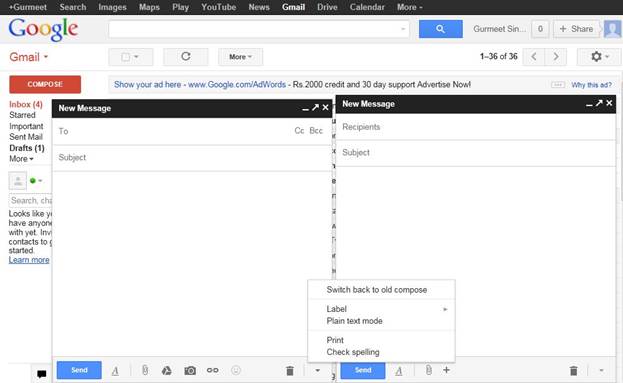It wasn’t long ago that Google was
everyone’s favorite Internet Company. So what’s gone wrong? We investigate.
A few years ago,
Google couldn’t put a foot wrong. It was everything its competitors weren’t.
Unlike cartoon villains Microsoft, the comically incompetent luddites at
Yahoo!, and the all-assimilating monoculture of Apple, Google projected an
image of being friendly, cutting edge and diverse. Best of all, it gave
everything away for free.

What’s Gone Wrong With Google?
The company’s success
seemed unstoppable, almost from Day 1. Google’s search product was so
successful it became a verb. Google’s mail product transformed the webmail
landscape, turning 20 MB inboxes into 20GB ones. Google Adwords did something
that seemed almost impossible: it made adverts relevant to the people viewing
them.
With an unprecedented
level of control over the online marketplace, it seemed as though Google would
have struggled to make a mistake even if it tried. The company launched more
and more products that supplanted the competition, offering cost-free access in
exchange for data about each user’s behavior, which was used both to improve the
product and sell businesses the access they needed to potential customers.
Google maps supplanted all other online mapping products. Google Chrome turned
the two-horse browser market into a three-horse race. Its Android operating
system took on Apple in the smartphone market, and is providing credible
resistance in the tablet arena

Google Adwords did something that seemed
almost impossible: it made adverts relevant to the people viewing them.
“It seemed as though Google would have
struggled to make a mistake even if it tried”
Recently, though,
things seem to have started going wrong. A succession of thigh-profile
failures, botched redesigns and (most gallingly) the closure of perfectly
operational services has left many feeling as though Google’s credo – “Don’t be
evil” – might not necessarily reflect its attitude towards customers anymore,
if it ever did.
To try and make sense
of what’s going on, we’ve gathered together a selection of Google’s recent (
and not so recent) failures to try and understand what happened, why, and how
each contributes to a growing impression that Google is making more mistakes
than it should, given how many of us rely on it of our continued day-to-day
existence online.
Google Wave’s Goodbye
In many ways, Google
Wave was the product that signaled too many of us that Google’s honeymoon
period was well and truly over. Its failure remains one of the company’s most
high-profile missteps, and part of a one-two punch that also saw Google Buzz
launch and flop almost immediately afterwards. Controversy over Street View’s
privacy breaches was unusual for Google, but it didn’t, at first, hint at any
bigger problem with the company’s public profile. Then Wave happened.

Google Wave was the product that signaled
too many of us that Google’s honeymoon period was well and truly over.
When Google Wave
invites first became available in late 2009, they were selling on eBay for
triple-figure sums. Google itself made bold claims about the service, even
going so far as to suggest that so-called ‘Waves’ were eventually going to
replace email. Unfortunately, once people had a Wave account, they didn’t
actually know what to do with it. Waves, with their collaborative access and
real-time editing, weren’t quite emails weren’t quite chat, and weren’t quite
documents. No one was really sure what they were. Accordingly, people tried
them once and never again.
Perhaps the service
was ahead of its time. Perhaps it was a solution looking for a problem. Or
perhaps it was badly designed, unintuitive and seemingly pointless. Whichever
theory you subscribe to, Google knew a bad call when they saw one. Wave
development stopped so fast that anyone trying to use it would have gotten
whiplash; luckily, hardly anyone was. The official shutdown date came in August
2010, less than 3 months after Wave went on general release, and the project
was handed over to the Apache Software Foundation in December 2010.

Unfortunately, once people had a Wave
account, they didn’t actually know what to do with it
In a wider context, it
wasn’t so much the speed of Wave’s failure that was a problem, or the fact of
it. Rather, it was the profile of it. Google Wave was a big deal, but all it
did was cause headaches for everyone involve3d. If a product as desirable and
well-promoted as Wave could fail, what Google launch couldn’t? Even then, observers
began to note that company hadn’t released a product that ad met with anything
approaching universal acclaim since Google Maps in 2005, so it needed it next
one to be big.
Buzz off
Launched in the wake
of Google Wave’s failing open beta, Google’s first attempt to start a social
networking product took the name Buzz. The idea was to create a micro-blogging
and social sharing service that could rival the likes of Facebook and Twitter.
It’s fair to say that the reality did not meet those expectations.
Perhaps hoping to
avoid the excessive hype which made Wave seem like such a letdown, Google
didn’t tease Buzz out with an extended beta or the artificial scarcity of an
invite system. Instead, it made Buzz available to every Gmail user right from
the very moment it was ready to launches. Which, as it turned out, didn’t’ make
people very happy. Indeed, rather than creating interest and excitement, it
elicited the opposite reaction from any users, who rejected the intrusive and
unfamiliar Buzz before they’d even tried it.
The problem wasn’t the
product, but its creator’s attitude and actions. The company automatically
created accounts for Buzz without ever asking if people actually wanted one. It
was a cynical, untrustworthy and transparently self-interested move. It didn’t
help that Buzz had incredibly poor and hard to understand privacy settings,
that lead many people to react rather angrily to finding out that things they
were doing online were now being shared with everyone they’d ever emailed,
regardless of any relationship or familiarity.
One class action
lawsuit and a Federal Trade Commission settlement later you can bet Google
wouldn’t put the launch of Buzz at the top of its list of successes anytime
soon. The service never recovered, and it was closed less than two years after
its launch, in December 2011.

Gmail’s new compose email pop-up is
slight and flimsy, qualities it shares with Google’s justification for
introducing it.
Again, the inadequacy
of Google Buzz wasn’t the problem – it was Google’s willingness to foist the
service upon users without adequately consulting them. In a year when Facebook
was taking a beating for its poor privacy settings, that Google could launch a
service that treated users just as poorly (in fact, worse) was an eye-opener.
Maybe Google wasn’t the big, friendly organization it was trying to look like.
Maybe it was just another company.
Perhaps it’s obvious
now, but at the time that idea was a surprise. Google screwing up two
high-profile launches so close to one another was almost unthinkable and the
company’s weaknesses had never been more apparent than during the launches of
Buzz. With that in mind, it’s no surprise that the arrival of Google Plus was
treated with suspicion and disinterest; even several years later, Buzz’s memory
still stings.
The inadequacy of
Google Buzz wasn’t the problem- it was Google’s willingness to foist the
service upon users”